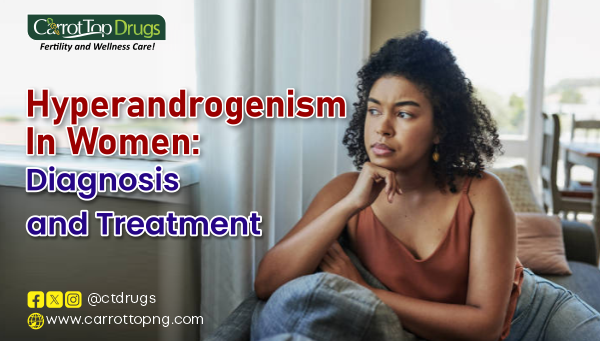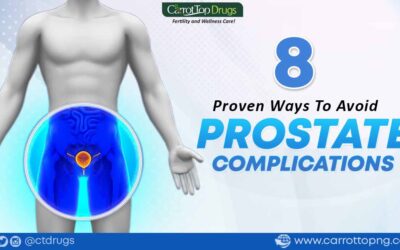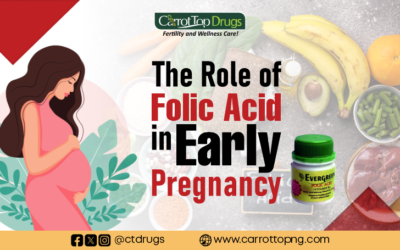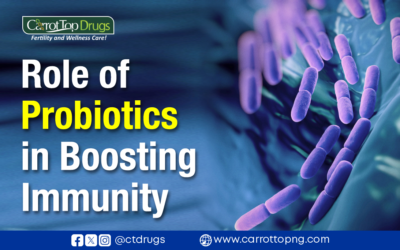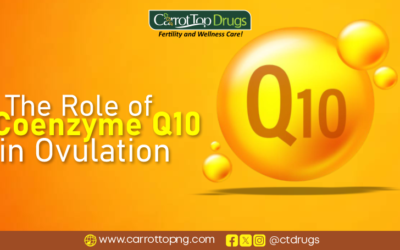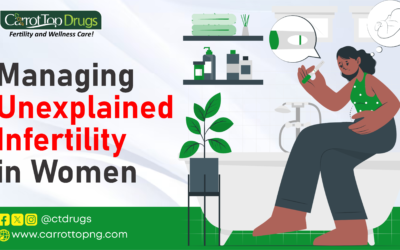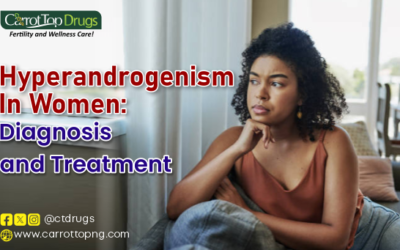Introduction
Hyperandrogenism refers to a hormonal imbalance characterized by elevated levels of androgens, often leading to various physiological and clinical manifestations. In the previous article, we have highlighted the causes and effects of hyperandrogenism in women. In this article, we will examine the diagnosis and treatment of hyperandrogenism in women.
Diagnosis of Hyperandrogenism In Women
Diagnosing hyperandrogenism in women involves a comprehensive approach that includes clinical evaluation, laboratory testing, and imaging studies to assess hormonal levels, identify underlying causes, and evaluate associated symptoms.
Medical History and Physical Examination:
When evaluating for hyperandrogenism in women, healthcare providers begin by obtaining a detailed medical history. This includes menstrual patterns, symptoms of androgen excess (such as hirsutism, acne, and male-pattern baldness), and any relevant family history of hormonal disorders. A thorough physical examination may reveal signs of hyperandrogenism. Some of such signs are excess body hair (hirsutism), acne, alopecia, and signs of virilization.
Blood Tests:
Laboratory testing plays a crucial role in diagnosing hyperandrogenism. Blood tests measure hormone levels, including testosterone, dehydroepiandrosterone sulfate (DHEAS), and androstenedione. Elevated levels of these androgens can indicate hyperandrogenism and help differentiate between various underlying causes. Some of the causes are polycystic ovary syndrome (PCOS), congenital adrenal hyperplasia (CAH), and androgen-secreting tumors.
Imaging Studies:
In some cases, imaging studies may be necessary to identify underlying causes of hyperandrogenism in women. Transvaginal ultrasound evaluates ovarian morphology. It can detect features suggestive of PCOS, such as ovarian cysts and increased ovarian volume. Additionally, imaging modalities such as MRI or CT scans can assess the adrenal glands for abnormalities, such as tumors, in cases of suspected adrenal hyperandrogenism.
Additional Tests:
Depending on the clinical presentation and suspected underlying cause, additional tests may be performed to aid in the diagnosis of hyperandrogenism in women. These tests may include assessments of:
- insulin resistance,
- thyroid function, and
- other hormonal parameters to rule out secondary causes or comorbidities contributing to hyperandrogenism.
Diagnostic Criteria:
The diagnosis of hyperandrogenism in women is often based on established diagnostic criteria. This varies depending on the specific condition being evaluated. For example, diagnostic criteria for PCOS typically include:
- the presence of hyperandrogenism (clinical or biochemical),
- menstrual irregularities,
- and polycystic ovarian morphology on ultrasound.
Adherence to standardized diagnostic criteria helps ensure consistency and accuracy in diagnosing hyperandrogenism and guiding appropriate management strategies.
Effects of Hyperandrogenism in Women
Treatment Options For Hyperandrogenism In Women
Several treatment options are available for managing hyperandrogenism in women, aiming to alleviate symptoms, restore hormonal balance, and improve overall health and well-being.
Lifestyle Modifications:
Lifestyle modifications play a crucial role in managing hyperandrogenism in women. This includes adopting a healthy diet rich in fruits, vegetables, whole grains, and lean proteins. It is important to minimize the intake of processed foods, sugary beverages, and saturated fats. Regular physical activity, such as aerobic exercise and strength training, can help improve insulin sensitivity, promote weight loss, and reduce hyperandrogenism-associated symptoms such as hirsutism and acne.
Additionally, stress management techniques such as mindfulness meditation, yoga, and deep breathing exercises may help mitigate the impact of stress on hormonal balance and symptom severity in women with hyperandrogenism. Lifestyle modifications are often the first-line therapy for managing hyperandrogenism, promoting overall health and well-being.
Medications:
Pharmacological interventions are commonly used to manage hyperandrogenism in women, particularly in cases where lifestyle modifications alone are insufficient. Oral contraceptives containing estrogen and progestin can regulate menstrual cycles, and suppress ovarian androgen production. It can also reduce symptoms such as hirsutism and acne in women with hyperandrogenism. Antiandrogen medications, such as spironolactone and cyproterone acetate, may be used adjunctively to block the action of androgens at the receptor level, thereby reducing symptoms of hyperandrogenism such as hirsutism and acne.
Additionally, insulin-sensitizing agents such as metformin improve insulin sensitivity. It can lower androgen levels, and regulate menstrual cycles in women with hyperandrogenism associated with insulin resistance or polycystic ovary syndrome (PCOS). Medications depend on individual needs. They may be combined for optimal symptom control and hormonal balance in women with hyperandrogenism.
Surgical Interventions:
In cases where hyperandrogenism in women is caused by androgen-secreting tumors or other structural abnormalities, surgical intervention may be necessary to remove the underlying pathology and restore hormonal balance. Surgical removal of ovarian or adrenal tumors can effectively reduce androgen production and alleviate symptoms such as hirsutism, virilization, and menstrual irregularities in affected women.
Additionally, procedures such as ovarian drilling or wedge resection may be performed in women with polycystic ovary syndrome (PCOS) to induce ovulation, normalize menstrual cycles, and improve fertility. Surgical interventions are for specific cases of hyperandrogenism where conservative treatments have been ineffective or where there is a clear anatomical abnormality requiring intervention.
Complementary and Alternative Therapies:
Complementary and alternative therapies may also be considered as adjunctive treatments for hyperandrogenism in women, although evidence supporting their efficacy is limited. Herbal supplements such as saw palmetto, spearmint tea, and chasteberry have been purported to have antiandrogenic properties and may help reduce symptoms such as hirsutism and acne in some women. Supplements like our Evergreen Formular for Women have Vitamin D which reduces hyperandrogenism in women.
Other modalities such as acupuncture, traditional Chinese medicine, and naturopathic approaches may be explored on an individual basis, but their role in the management of hyperandrogenism remains uncertain. Complementary and alternative therapies should be used cautiously and under the guidance of a healthcare provider, particularly in conjunction with conventional treatments for hyperandrogenism in women.
Conclusion
In conclusion, hyperandrogenism in women is a complex endocrine disorder with diverse manifestations and underlying causes. The effects of hyperandrogenism extend beyond physical symptoms to impact reproductive health, metabolic function, and psychological well-being. Effective management of hyperandrogenism requires a comprehensive approach that addresses hormonal imbalances, alleviates symptoms, and improves the overall quality of life for affected individuals. By integrating lifestyle modifications, medications, surgical interventions, and complementary therapies, healthcare providers can tailor treatment strategies to meet the individual needs of women with hyperandrogenism, ultimately promoting optimal health outcomes and well-being.
FAQs
Q. Is hyperandrogenism curable?
A. Hyperandrogenism is a manageable condition, but it may not be curable in all cases. Treatment aims to alleviate symptoms and restore hormonal balance.
Q. Can hyperandrogenism affect fertility?
A. Yes, hyperandrogenism, particularly in conditions like PCOS, can affect fertility by disrupting ovulation and menstrual cycles.
Q. Are there natural remedies for managing hyperandrogenism?
A. Some women find relief from hyperandrogenism symptoms through lifestyle modifications such as maintaining a healthy diet, exercising regularly, and managing stress.
Q. What are the long-term effects of untreated hyperandrogenism?
A. Untreated hyperandrogenism can increase the risk of complications such as insulin resistance, cardiovascular disease, and infertility.
Q. How can I find support for coping with hyperandrogenism?
A. Support groups, online forums, and counselling services can provide valuable support and resources for women coping with hyperandrogenism.

